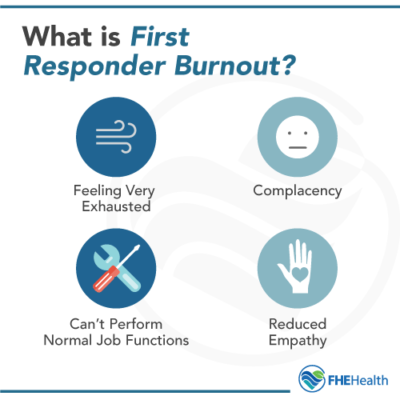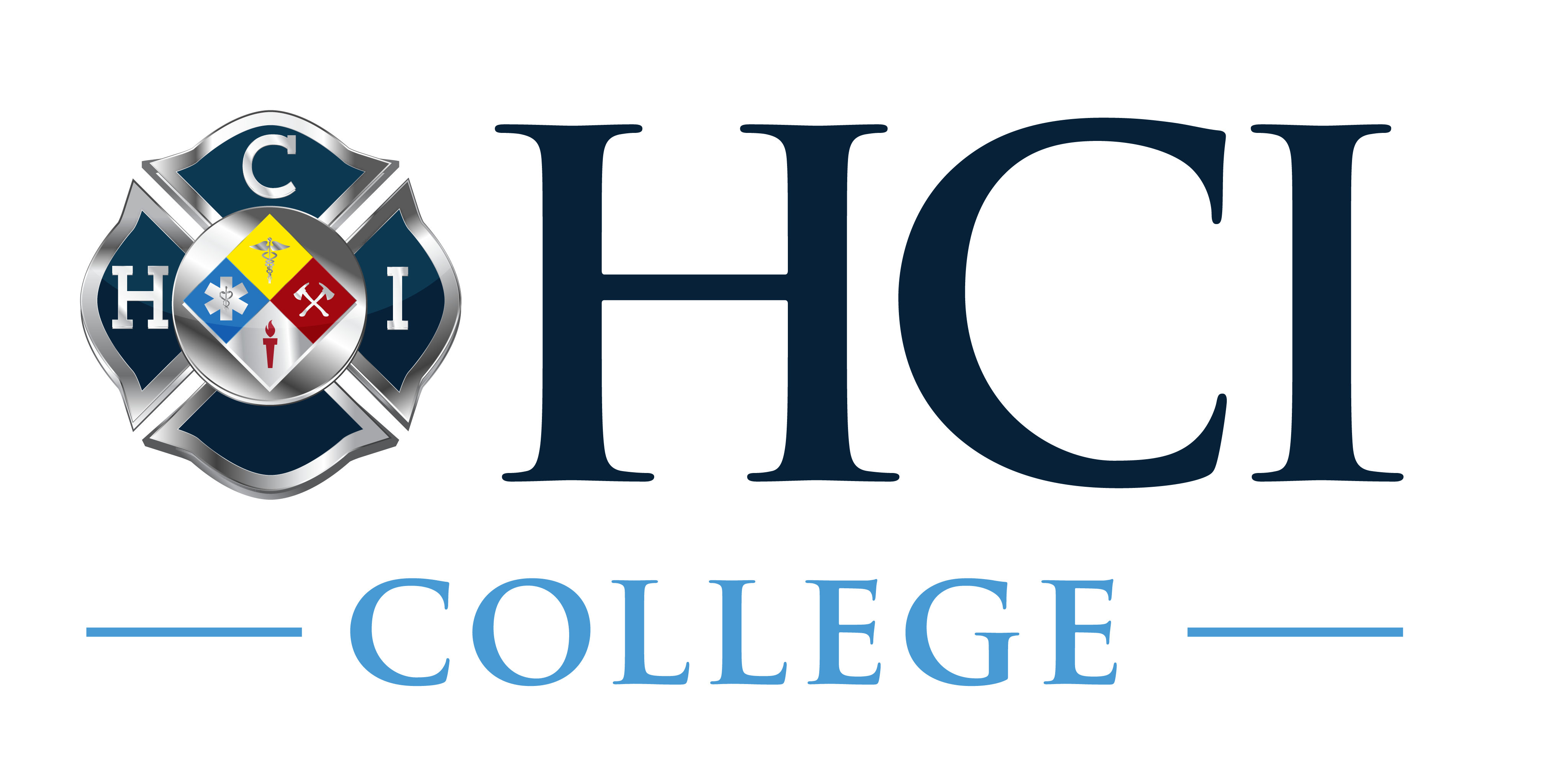4 Big Ways Current Events Are Shaping the Emergency Medical Services Industry
To say that 2020 was eventful is an understatement. For the most part, no other event impacted healthcare more than the COVID-19 pandemic.
The pandemic has changed almost every aspect of the healthcare industry. Most notably, it brought unprecedented strain on hospitals and emergency medical services (EMS), as evidenced by the shortages in everything from testing and medical supplies to getting proper medical access. In fact, according to statistics, the number of calls to EMS rose by 90.9 percent from 2019 and 2020.
The challenges that the health industry faced helped shine the spotlight on the courage of frontline healthcare workers. More importantly, it pulled into focus the real impact of current events. Coronavirus will shape one of the most critical industries in 2021.
1. The Importance of Pandemic Preparedness
Even early in 2021, the world is still grappling with COVID-19. Globally, countries are awaiting the release of COVID-19 vaccines, in the hopes of inoculating as many people as possible to build herd immunity. Of course, those in healthcare know that this is more complicated than it seems. Vaccinating the entire world is not a brief nor simple process and it will involve large-scale manufacturing, distribution, and complex logistics.
To that end, EMS personnel are poised to remain on the front lines for the foreseeable future, given the demand for their expertise and services. Therefore, it’s essential that emergency medical workers are prioritized for vaccination in the effort to protect them from infection. At the same time, their families should also be vaccinated as a preventive measure that will help minimize infection risks.
The pressure on emergency medical services will be intense. Therefore, a lot of effort should go into taking care of frontliners. Ensuring their working conditions are as safe as possible is an important first step—providing them with sufficient PPE and decontamination equipment helps boost peace of mind for workers despite their high-risk jobs.
2. The Relevance of Personal Care
Personal care should also be a big focus to ensure the health and wellness of employees.
If 2020 has taught the world anything, it’s that you never know what else can happen. Healthcare workers stepped up to manage the demands of the job amid a raging pandemic, civil unrest, economic upheavals, and more. Workers will continue to be exposed to serious mental, emotional, and physical stress on the job. This ultimately contributes to rising statistics of job-related burnout, depression, and even suicide.

With stress becoming an inevitable part of an EMS employee’s life, more emphasis is being placed on personal care for 2021. According to reports, paramedics and emergency first responders continue to face extreme stress, especially given the pandemic. At the end of the day, emergency responders have to take care of themselves so they can deliver high-quality care to others—and that involves recognizing how job stress can affect their physical and mental well-being.
Once that has been established, finding ways to reduce and manage stress should be next on the list. Making a conscious effort to eat well and boost their immune system should be a top priority. Despite the demands of the job, there should be an understanding that lack of rest and sleep will severely impact physical and mental wellness.
The long hours and extra shifts that first responders will inevitably have to put in will take their toll. It’s up to management and higher-ups to make employees recognize the value of personal care and implement programs that will support it.
3. Recruitment and Retention of EMS Employees Will Be a Challenge
While the events of 2020 put the spotlight on the courage and bravery of frontline healthcare workers, it also contributed to the industry facing a lot of job-related burnout. Add the challenges in recruitment, and it highlights an impending shortage of skilled emergency medical service workers at a time when they’re most in demand.
To minimize employee attrition, it’s important the emergency response teams be taken care of. Whether it’s increasing hourly rates, improving medical coverage, incentivizing great performance, or providing support and wellness programs—measures must be taken to improve employee retention.
4. Importance of Continuing Education and Training for EMS Employees
The demand for EMS employees amid new challenges also means workers will need to evolve with the changing needs of the industry. This means learning new skills and getting training that improves their ability to deliver patient care. Continuing education is a great way to keep up with the demands of the job. It helps reduce job risks, boosts the effectiveness and efficiency of employees, supports career development and growth, and opens up networking opportunities for EMS teams.
The industry has changed significantly and it will continue to do so—being shaped and molded by numerous factors. Embracing the idea of lifelong learning as an emergency medical responder ultimately allows staff to be better prepared to handle the challenges of their job.
If you’re looking for opportunities to further your training and education as an emergency first responder, visit our website.
If you found these tips helpful, please share them on social media.















